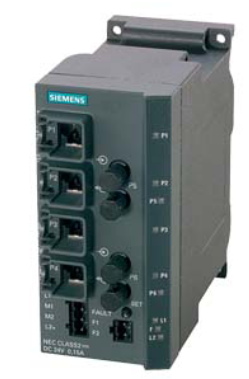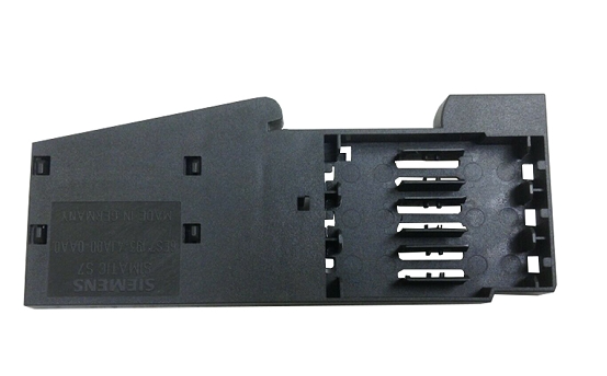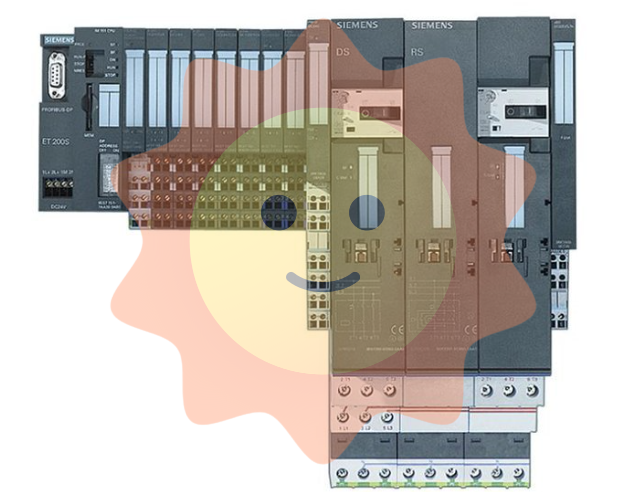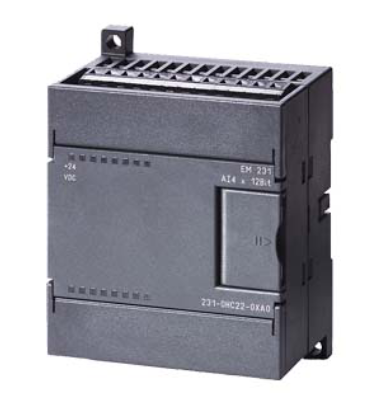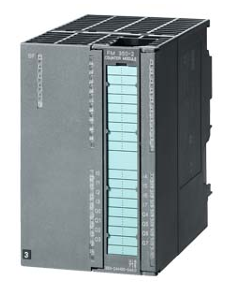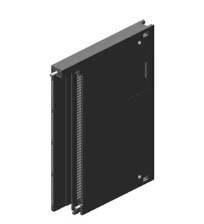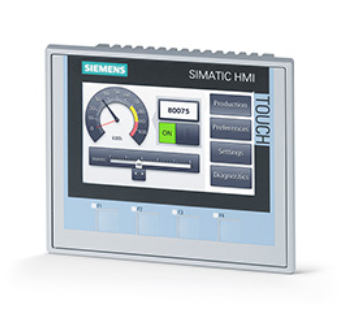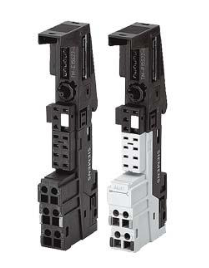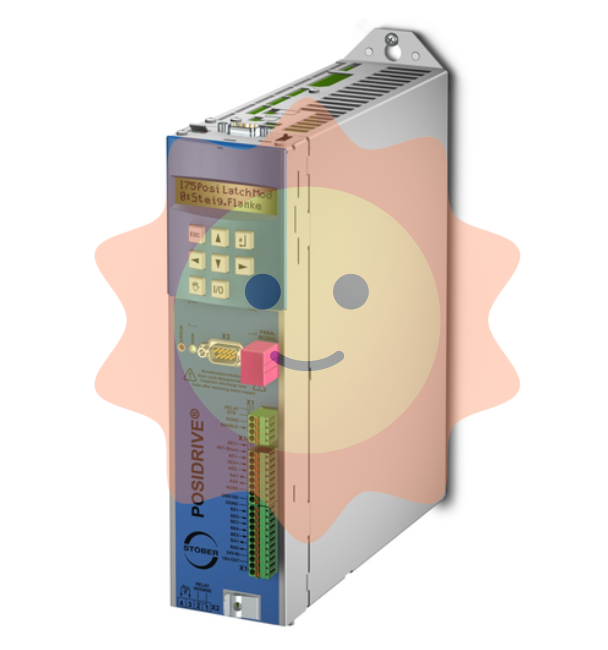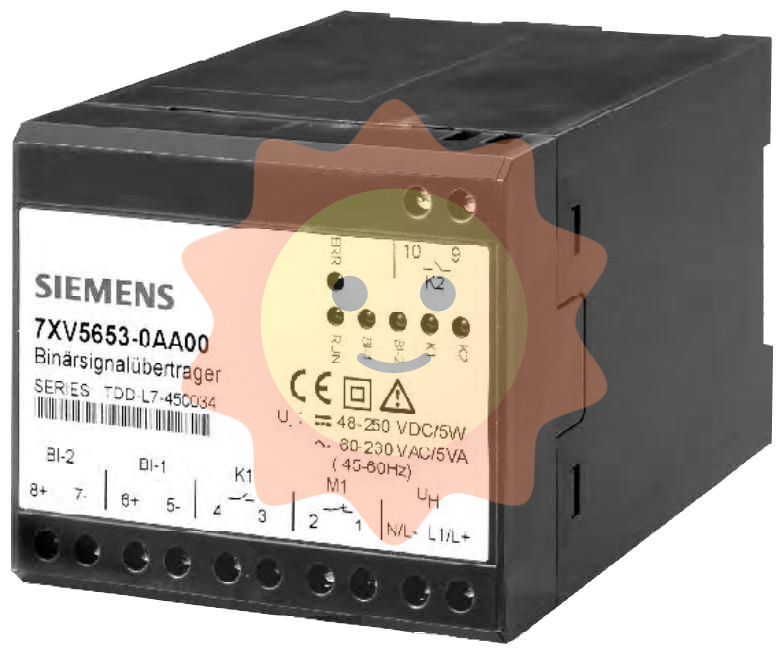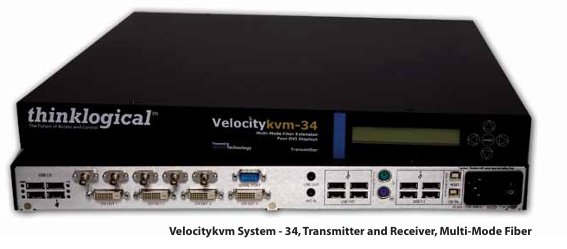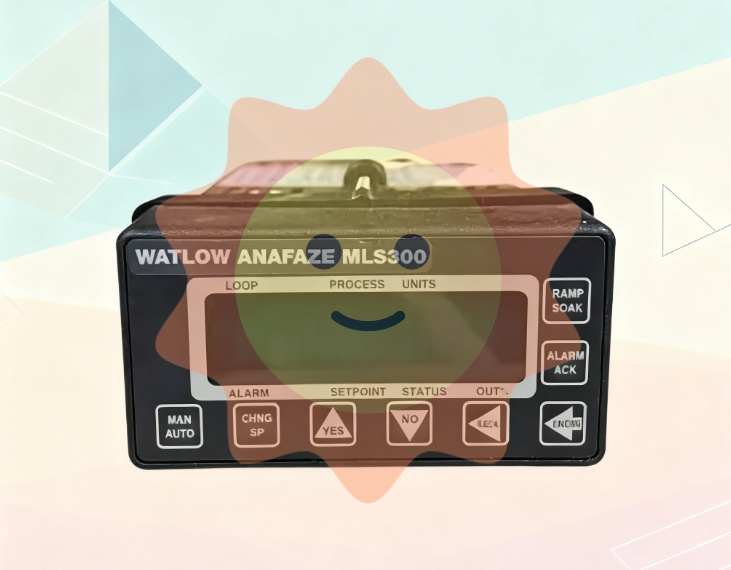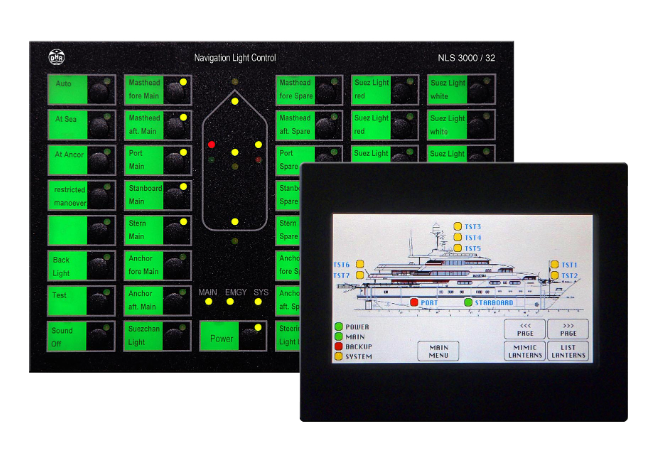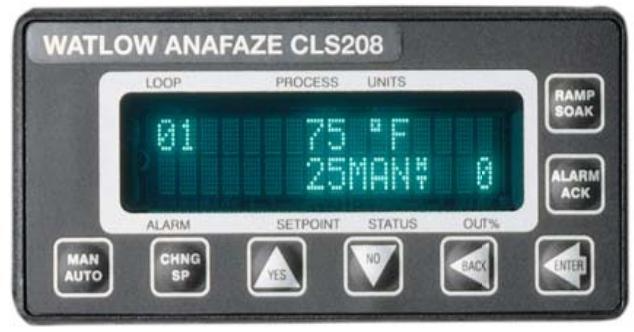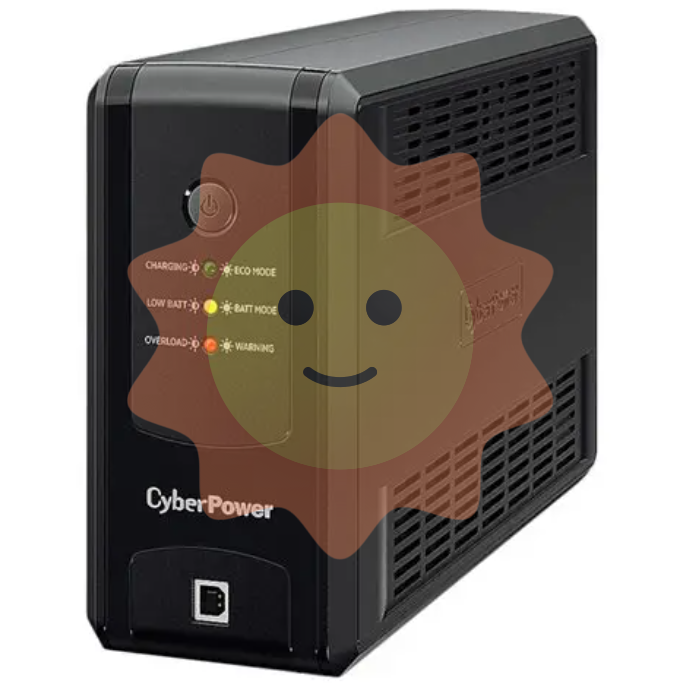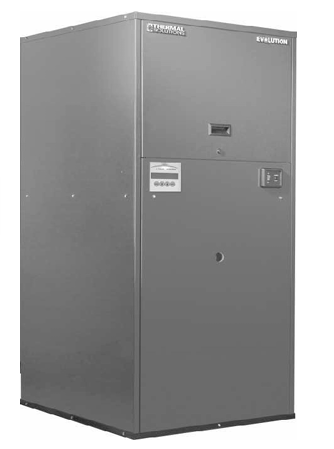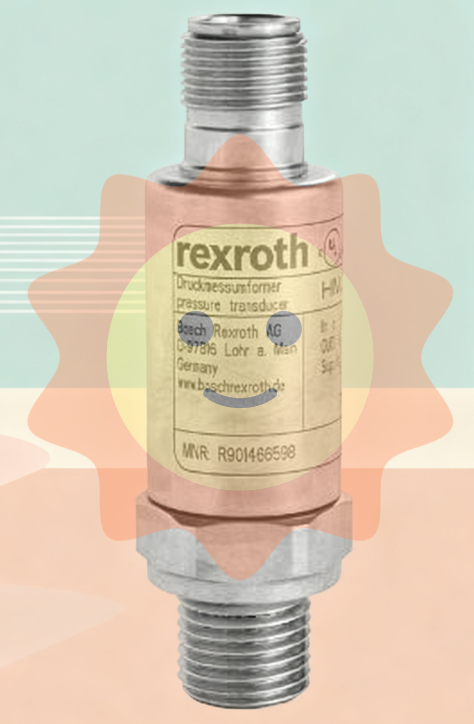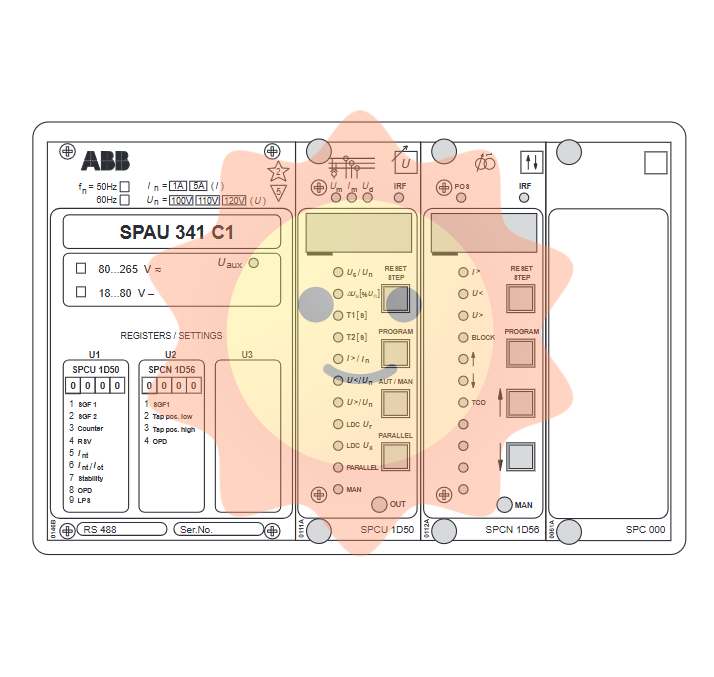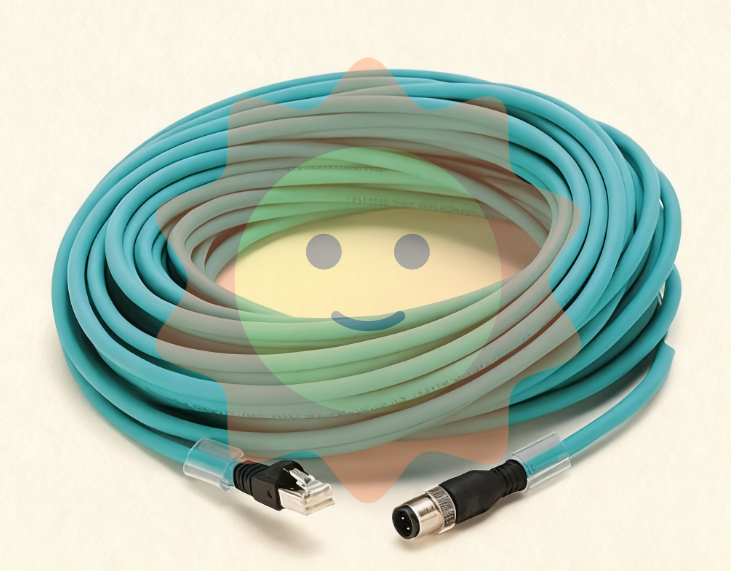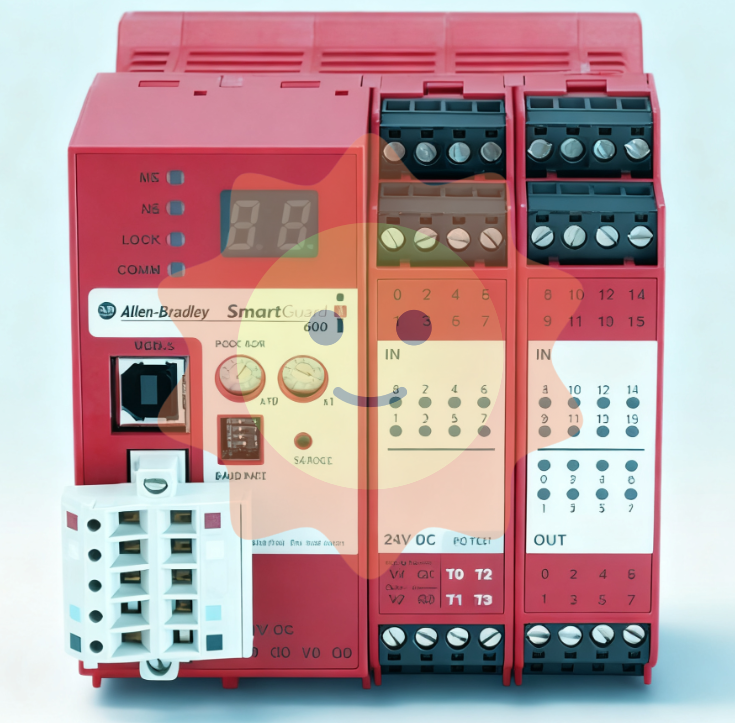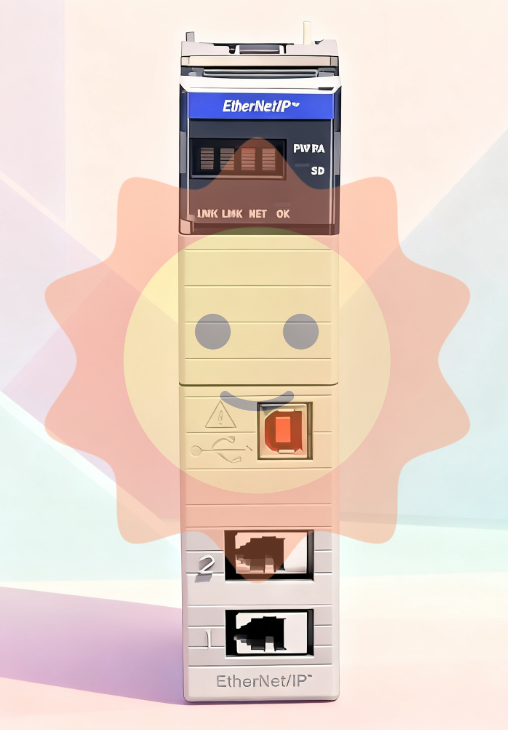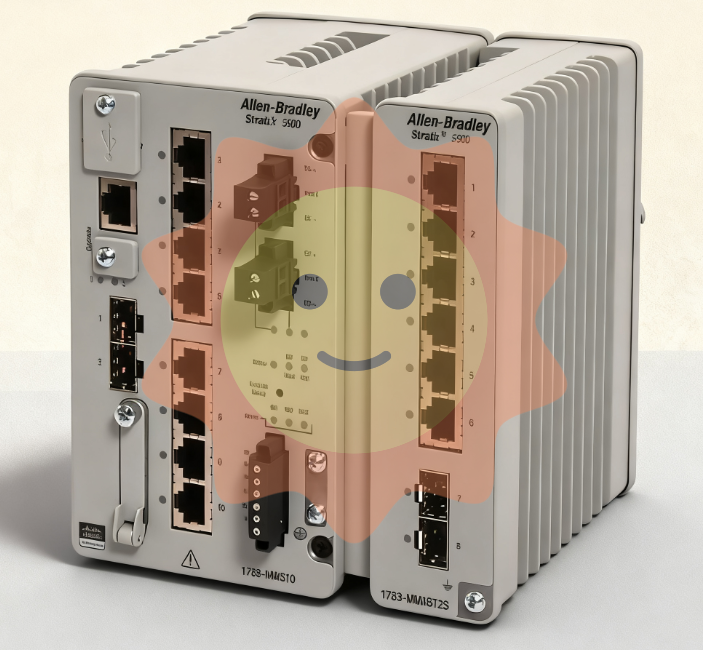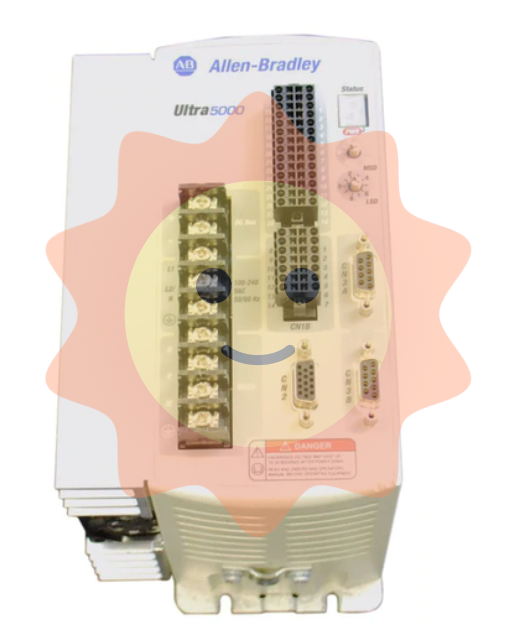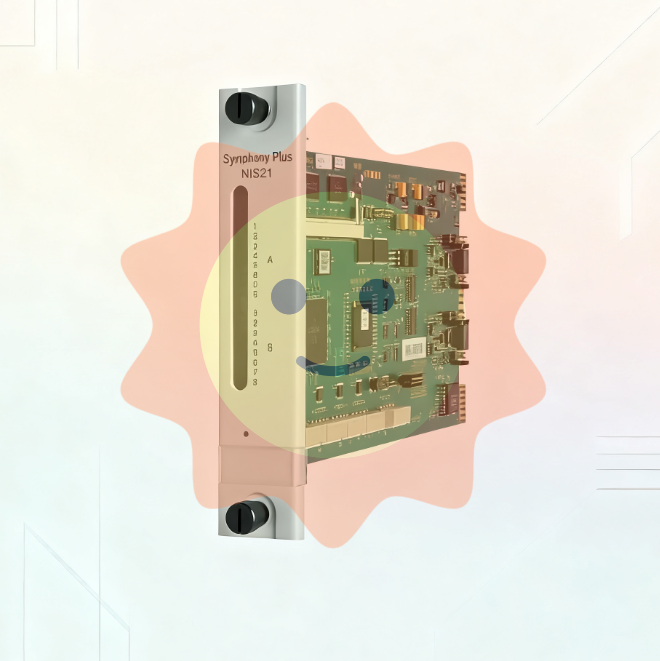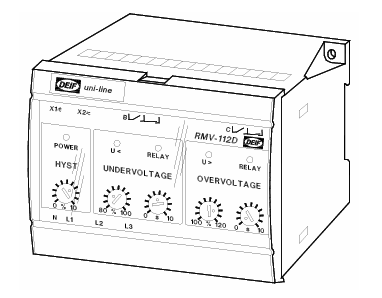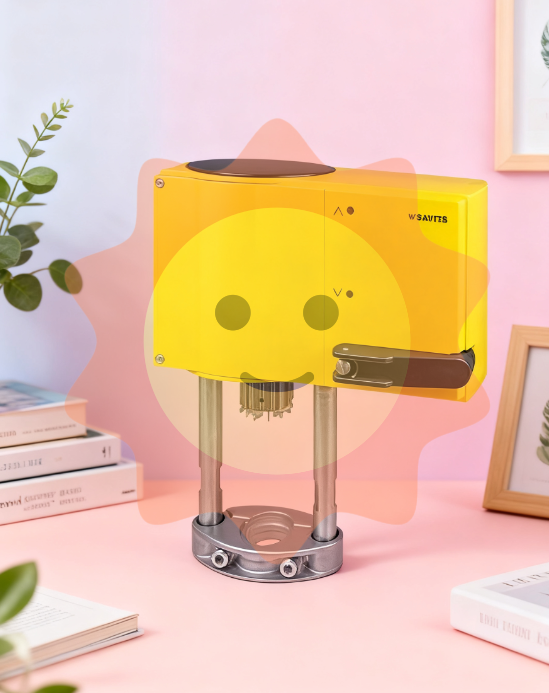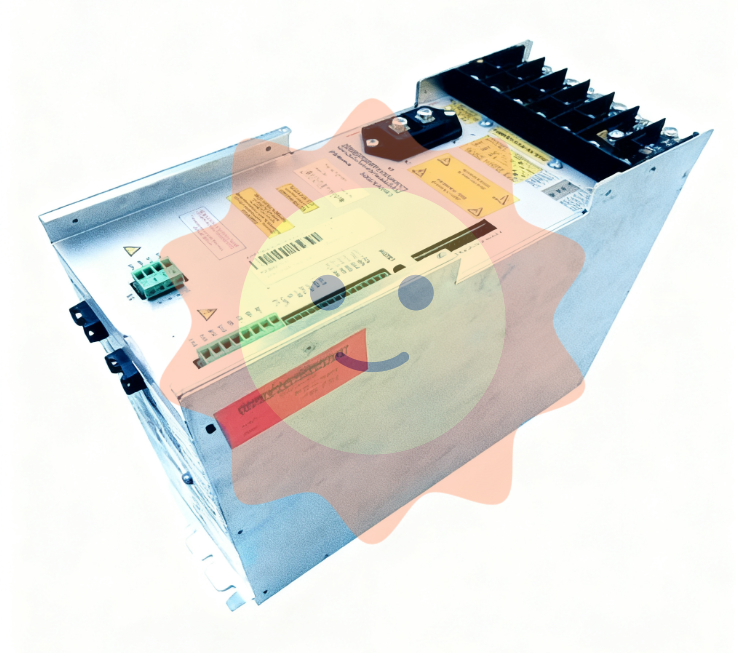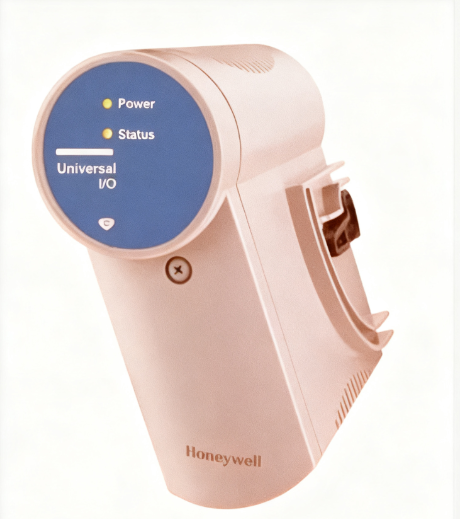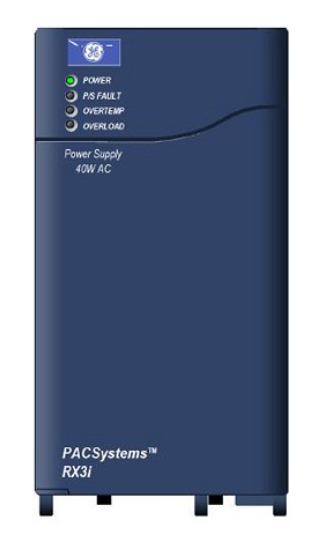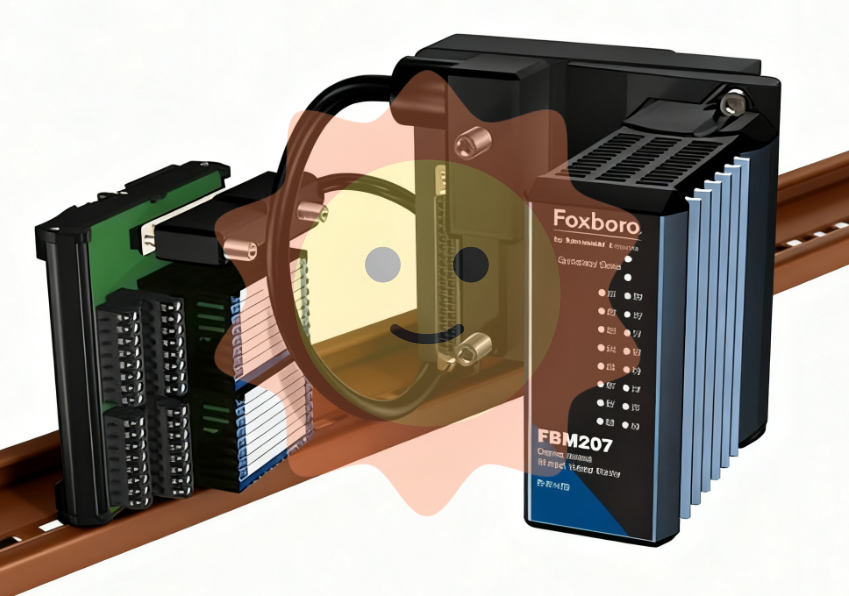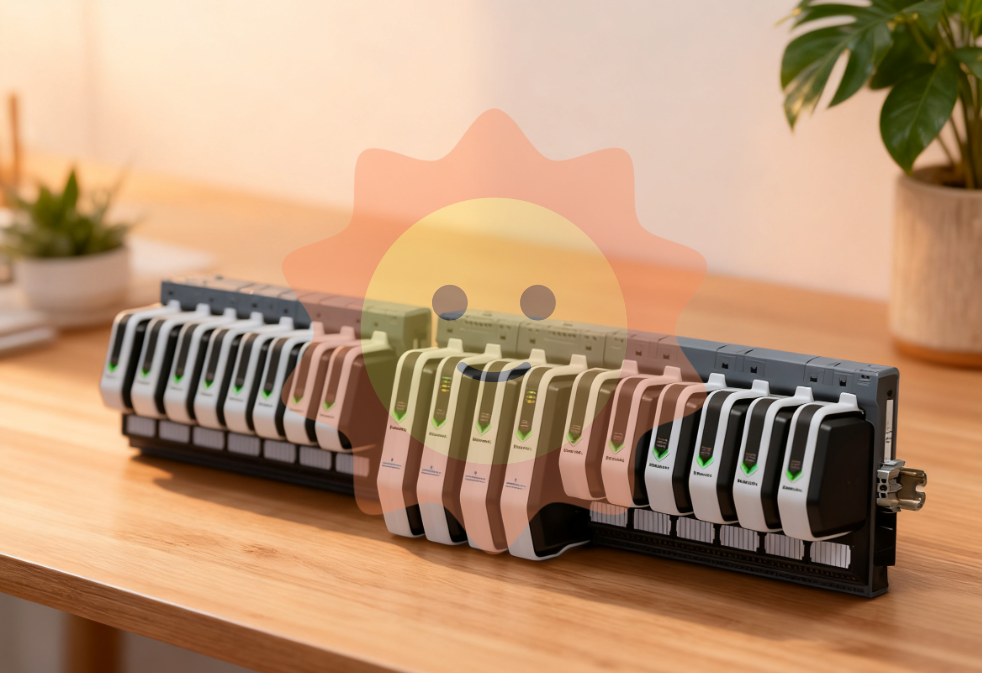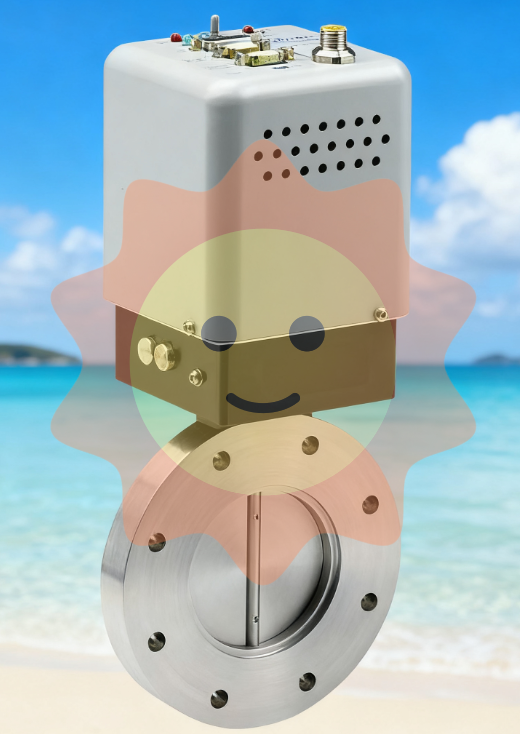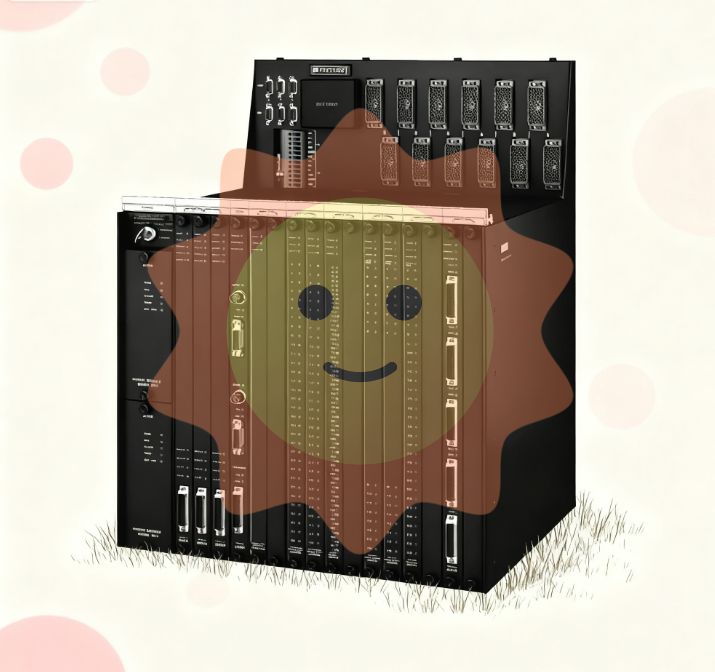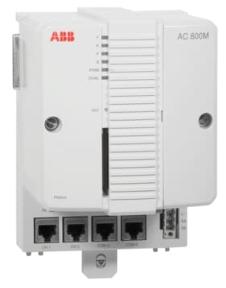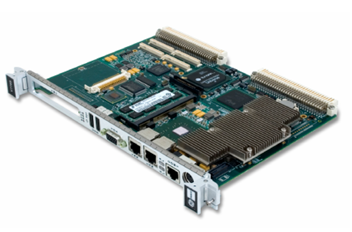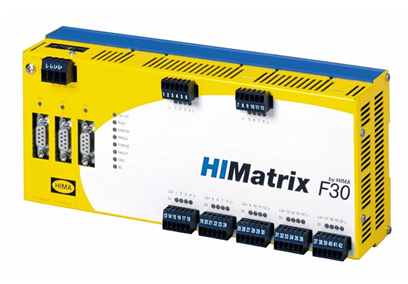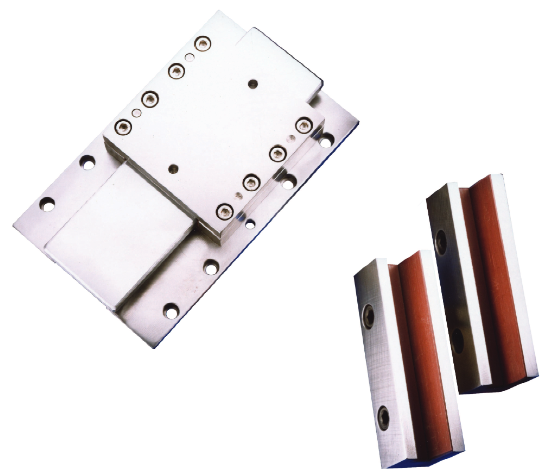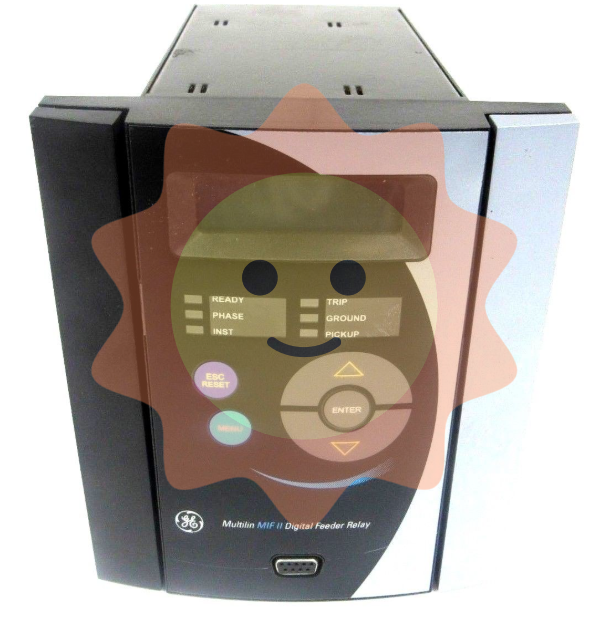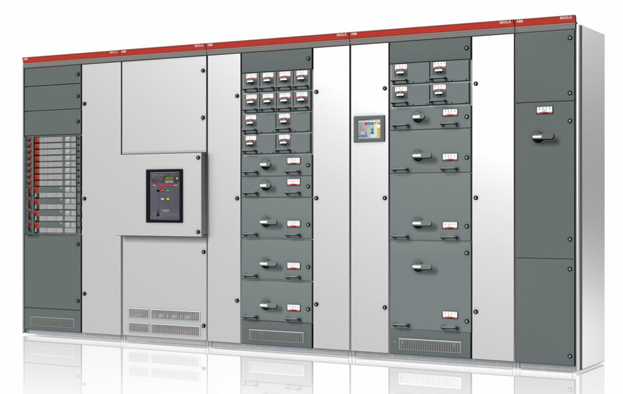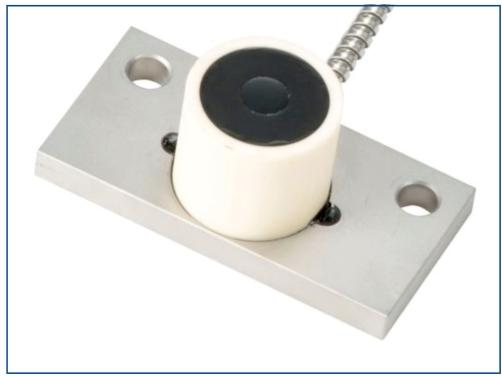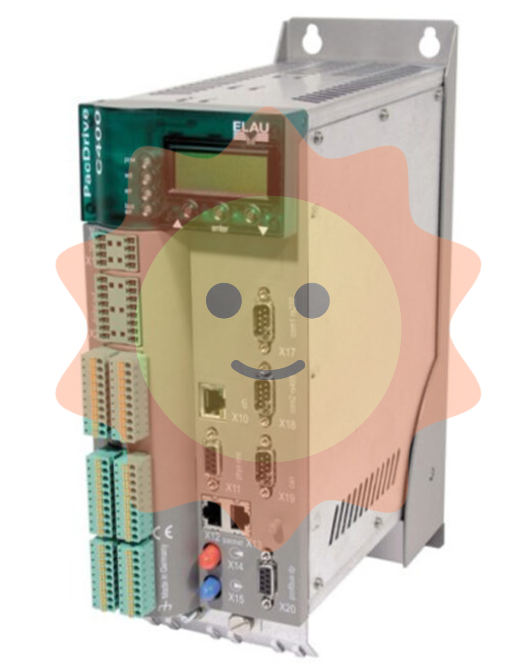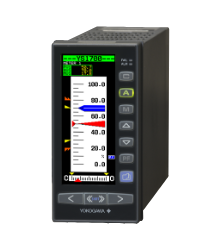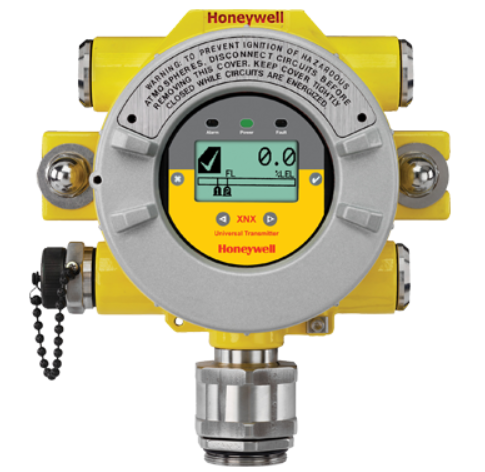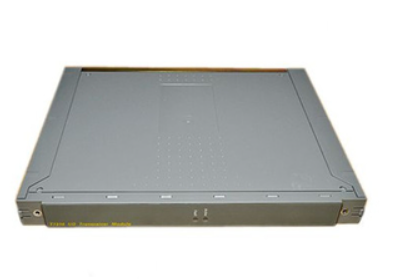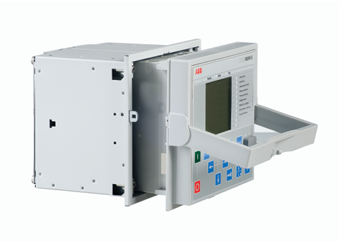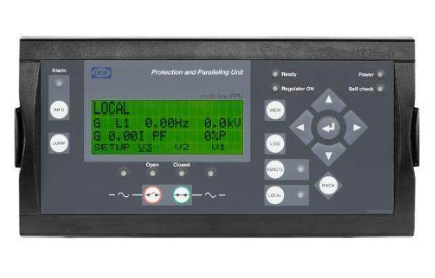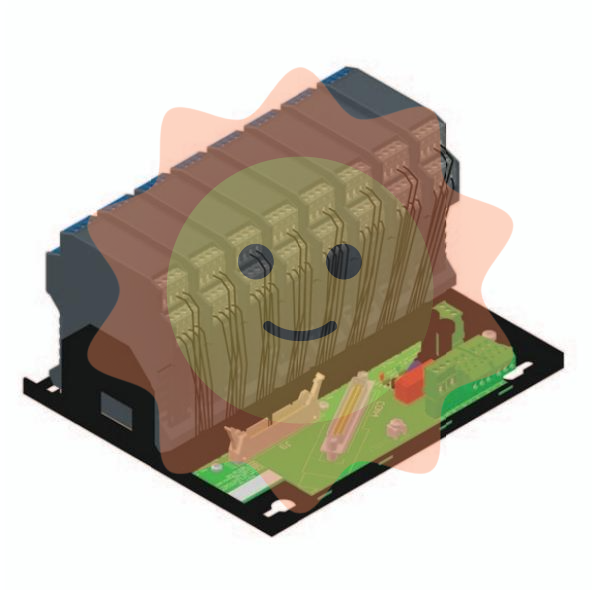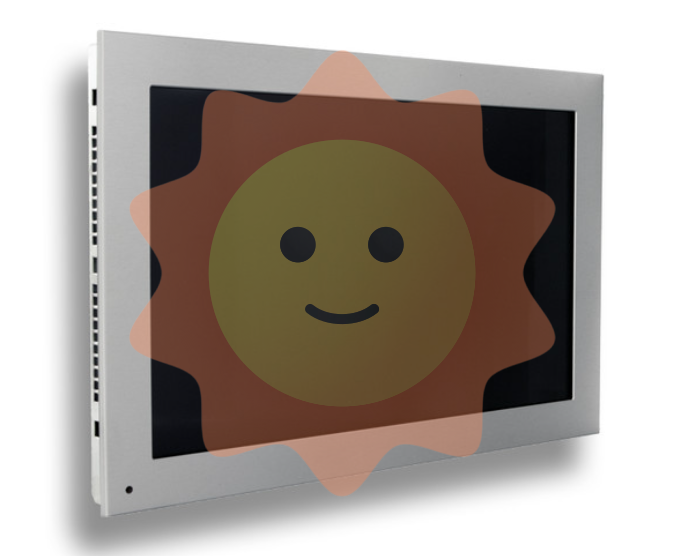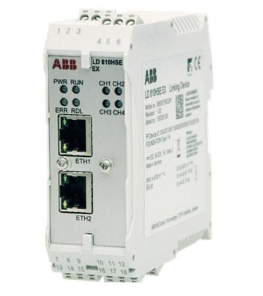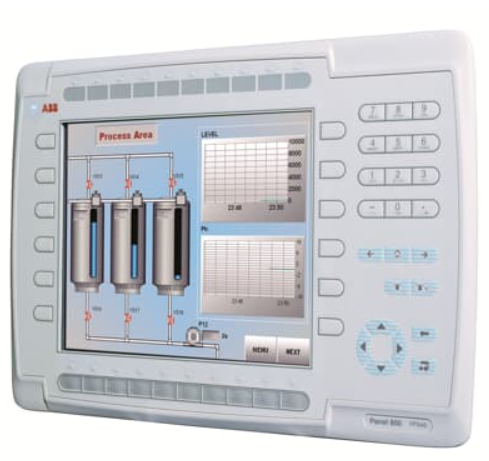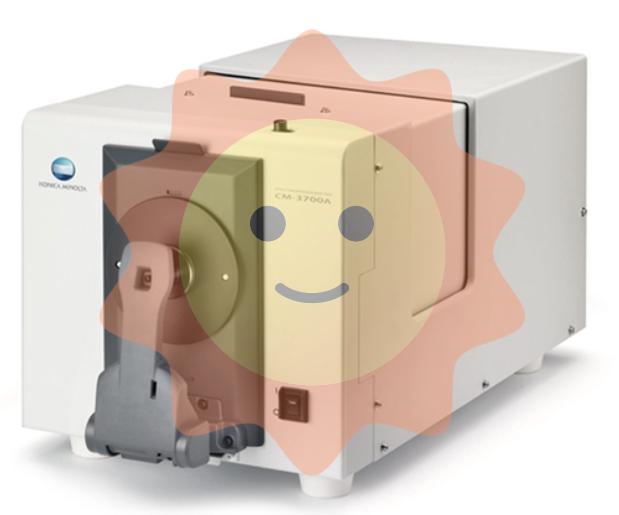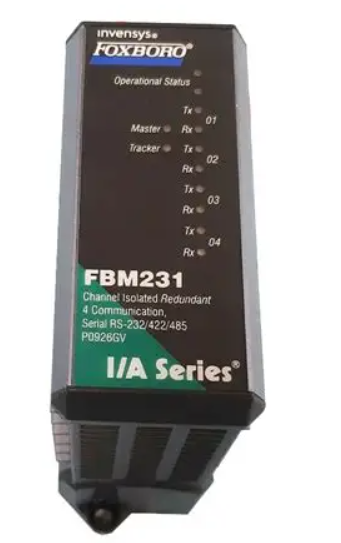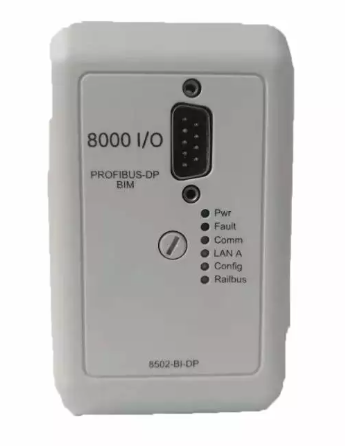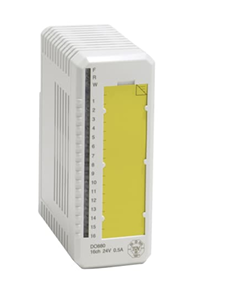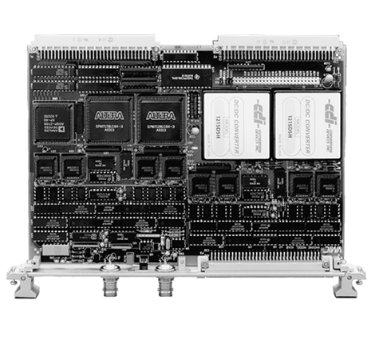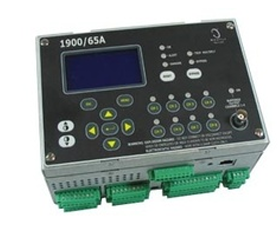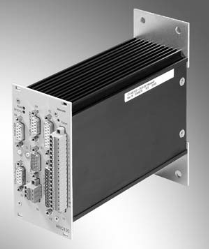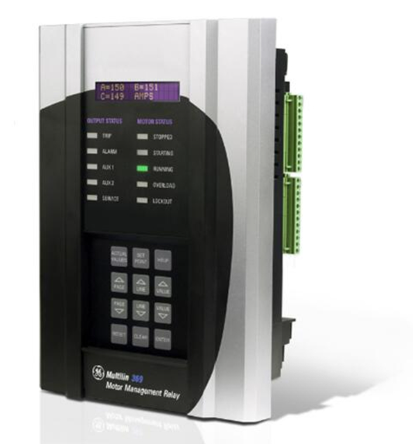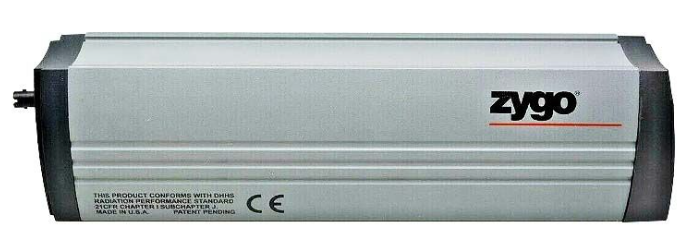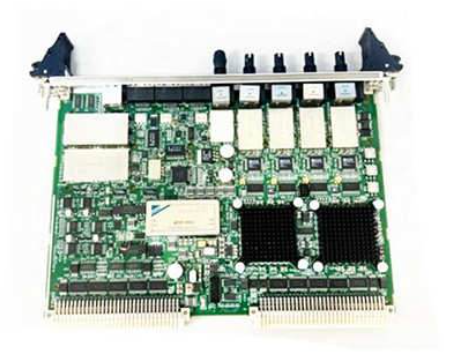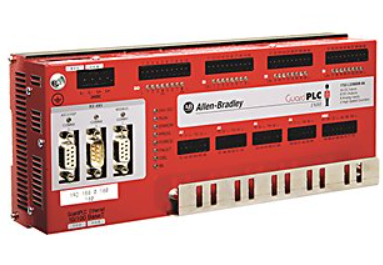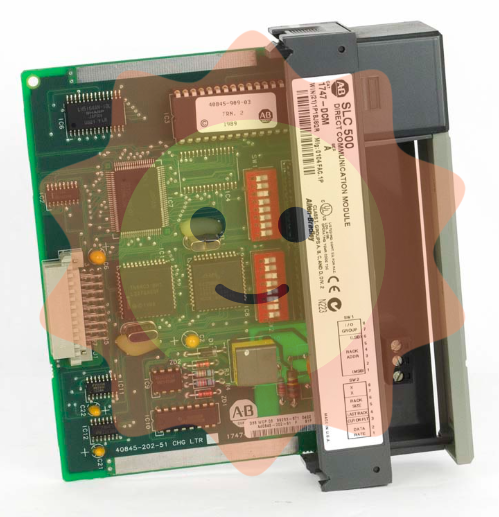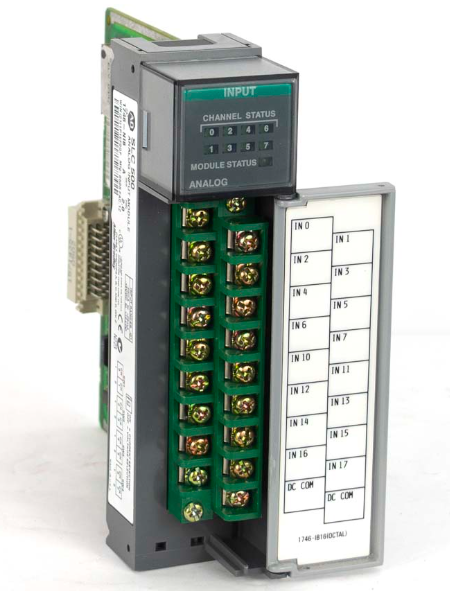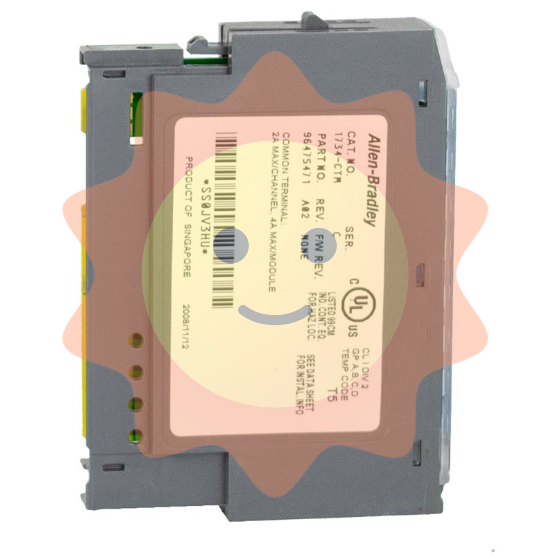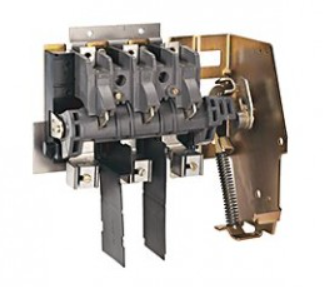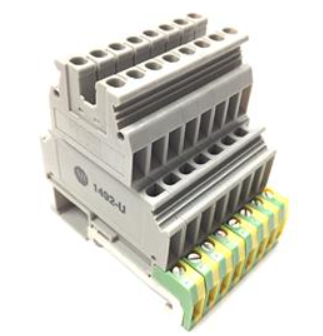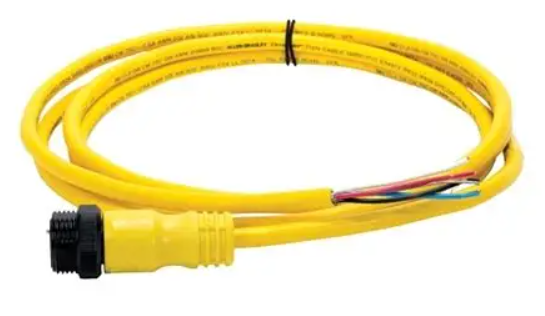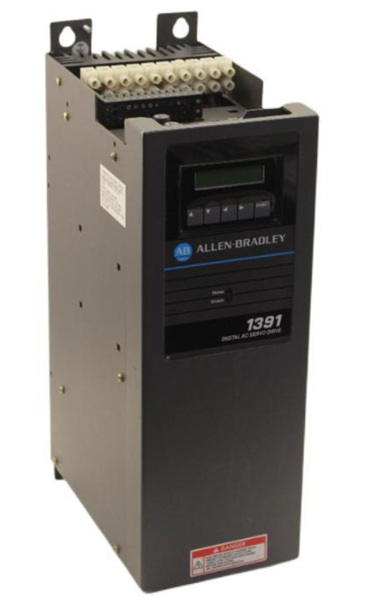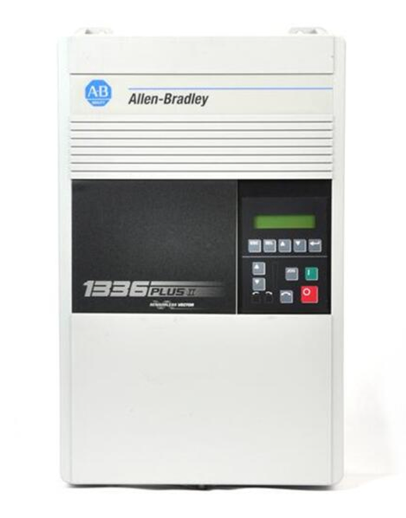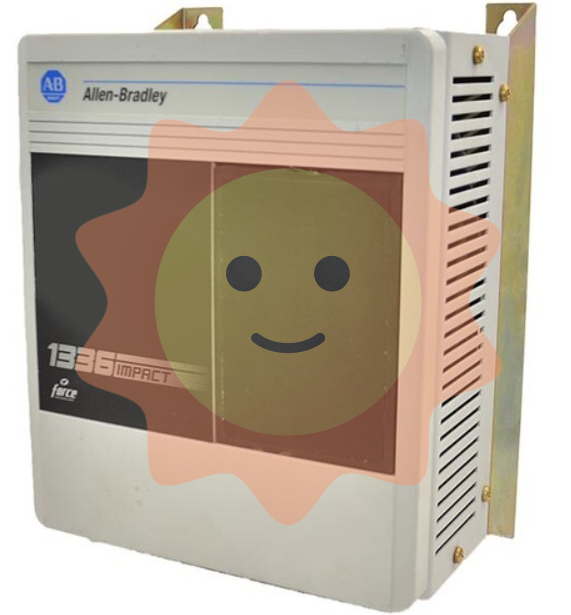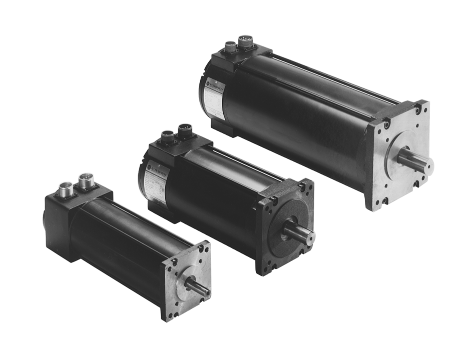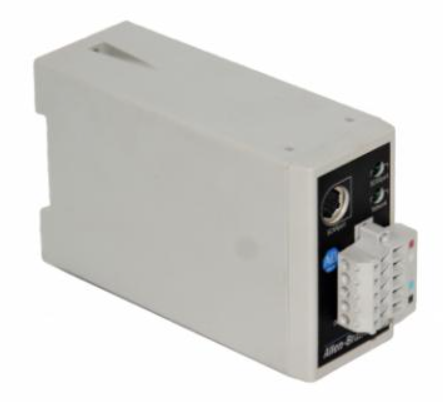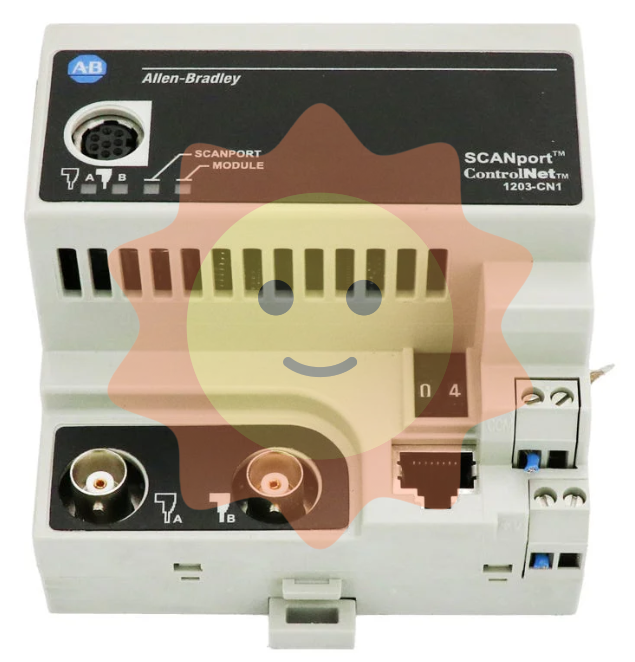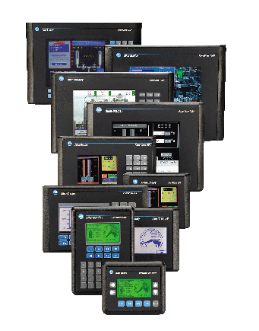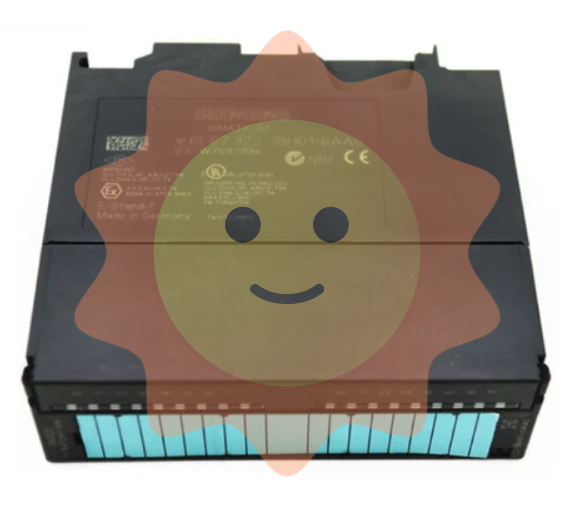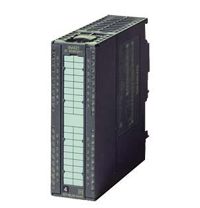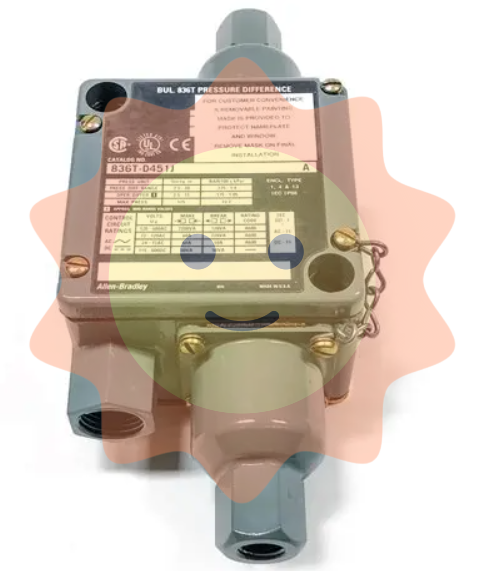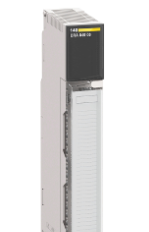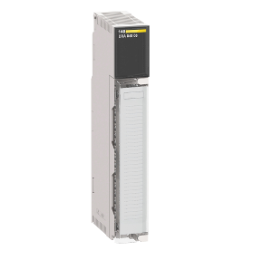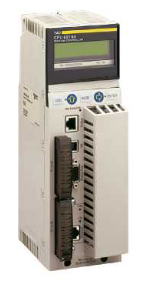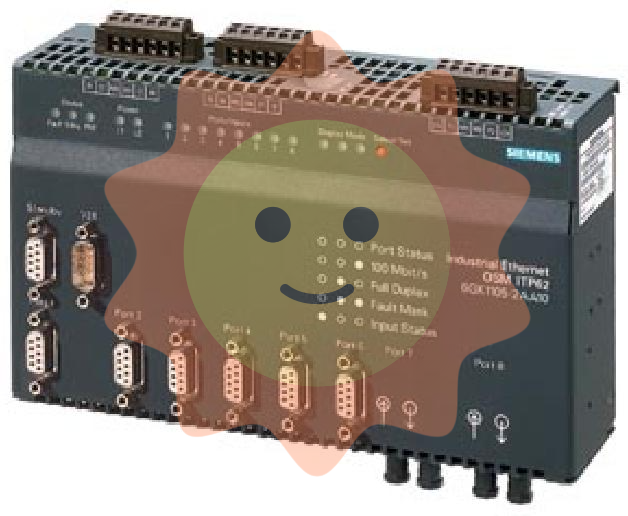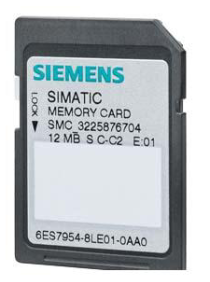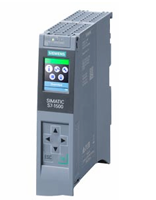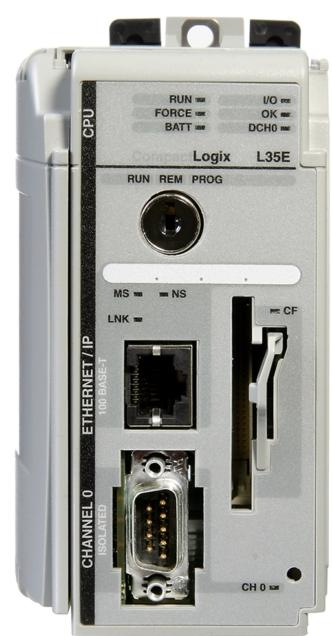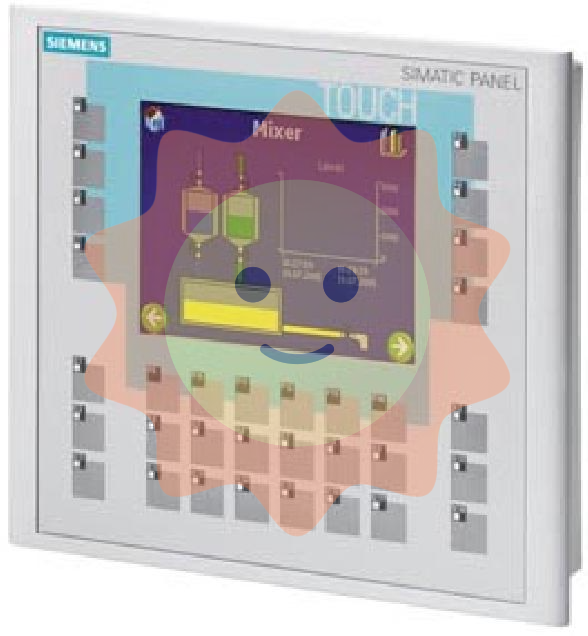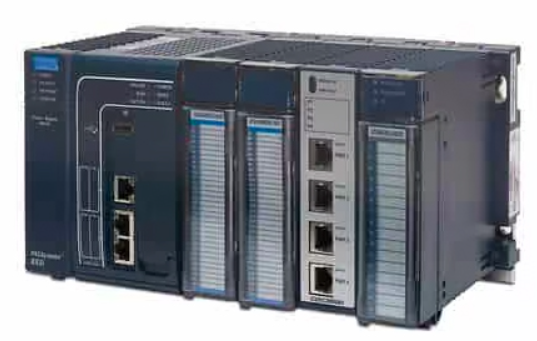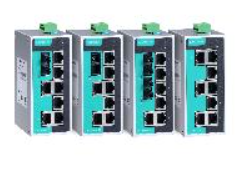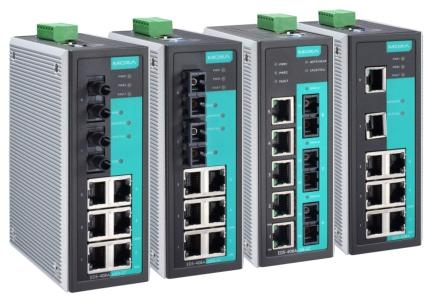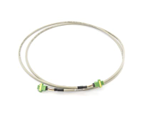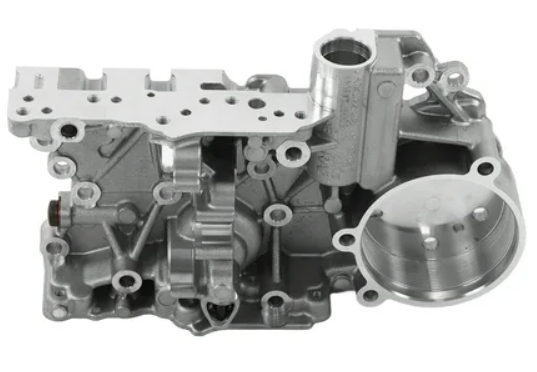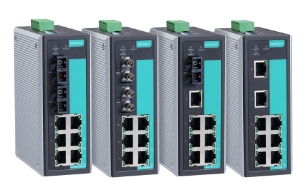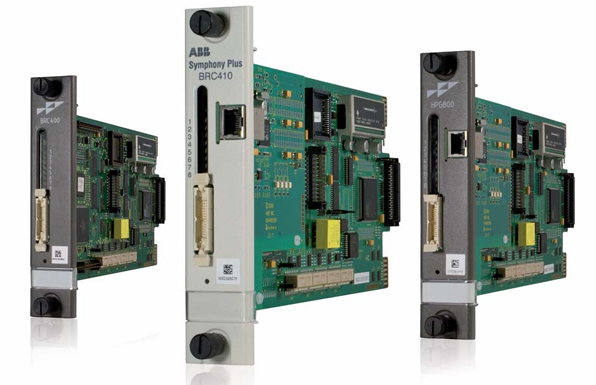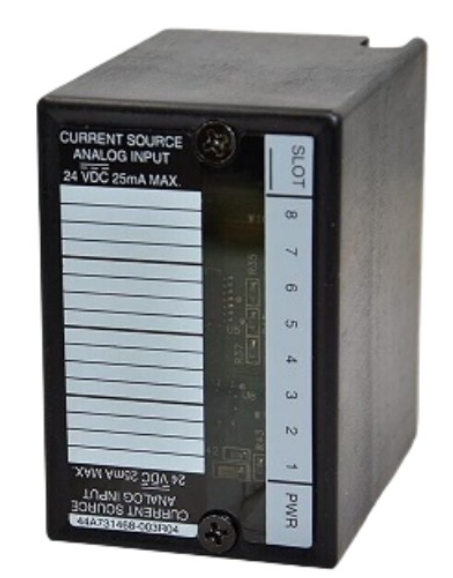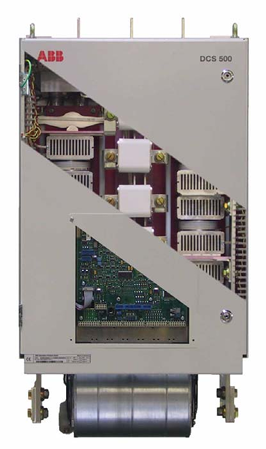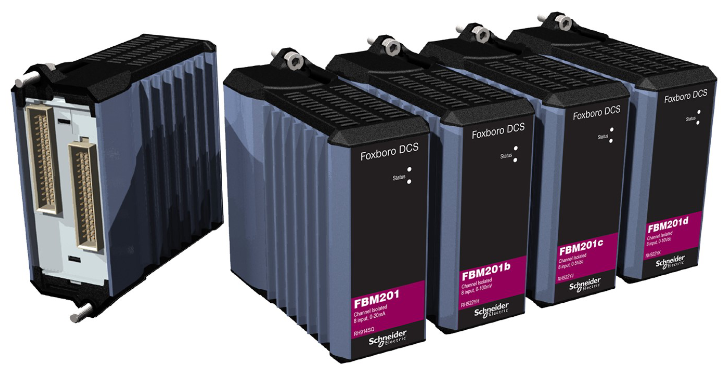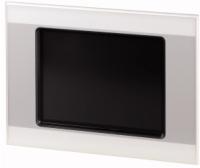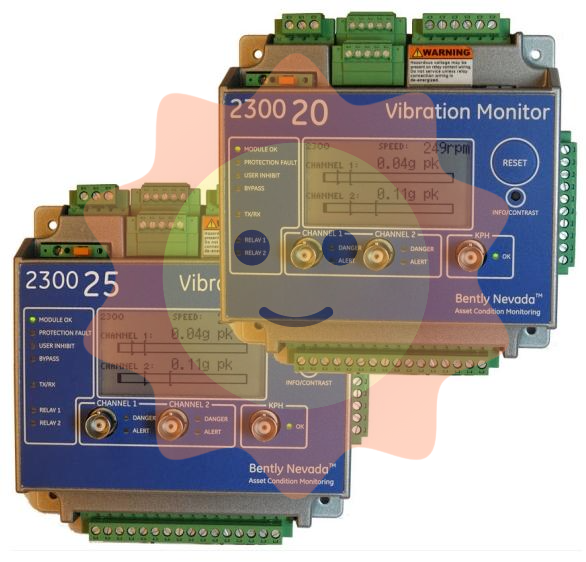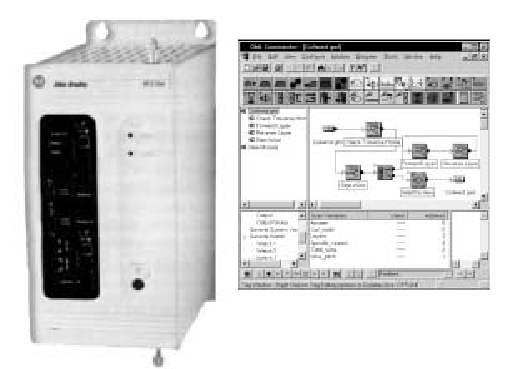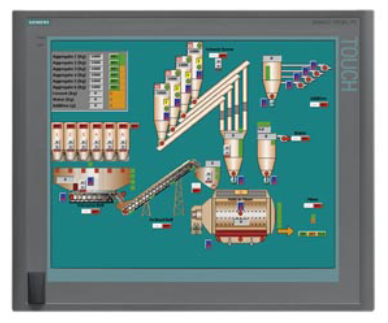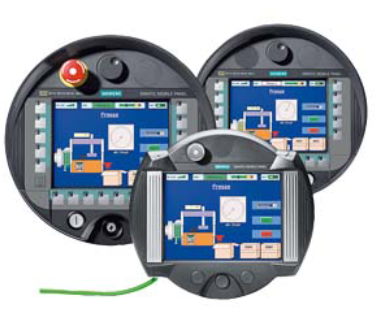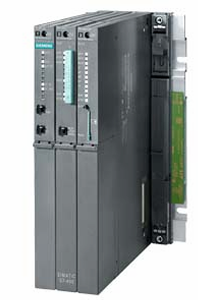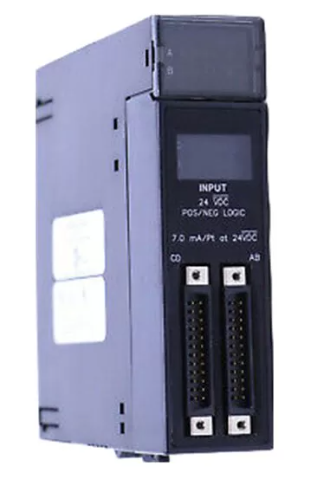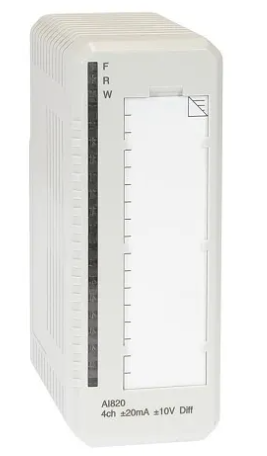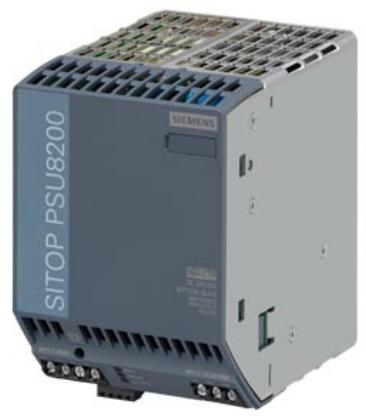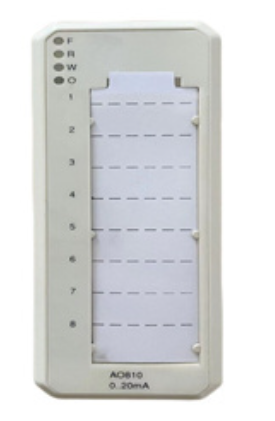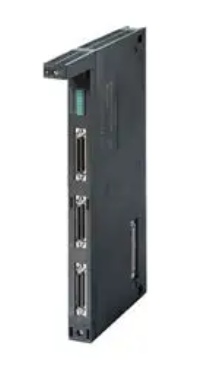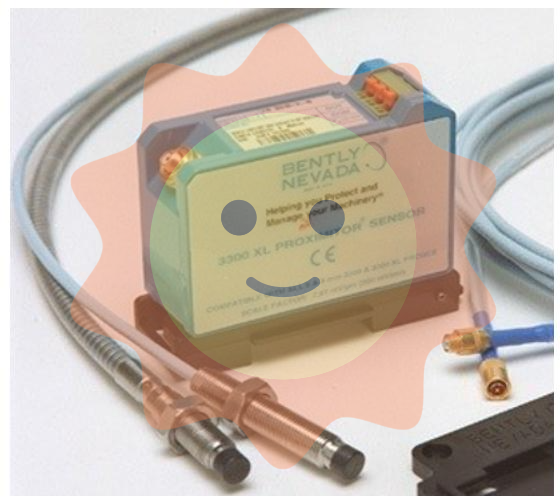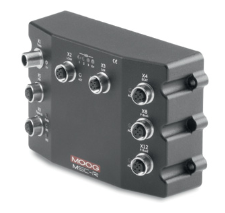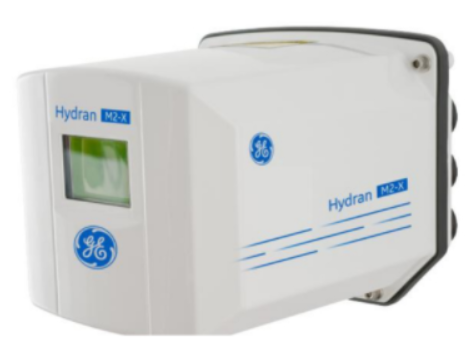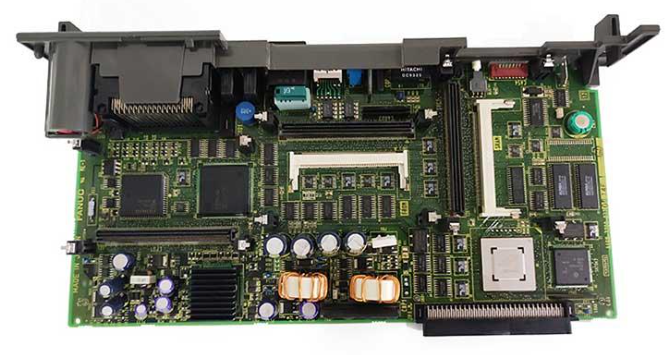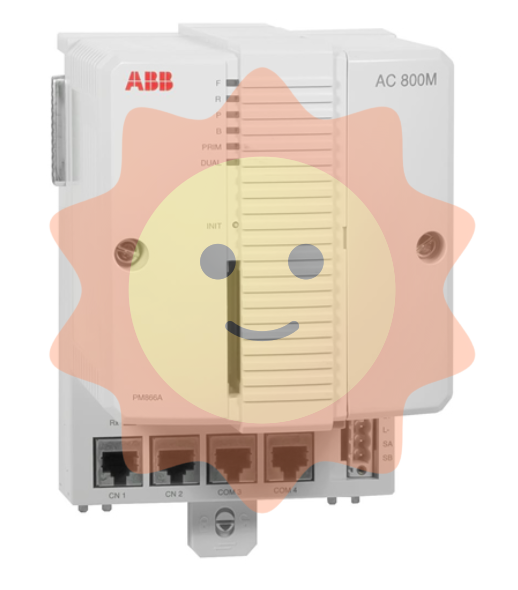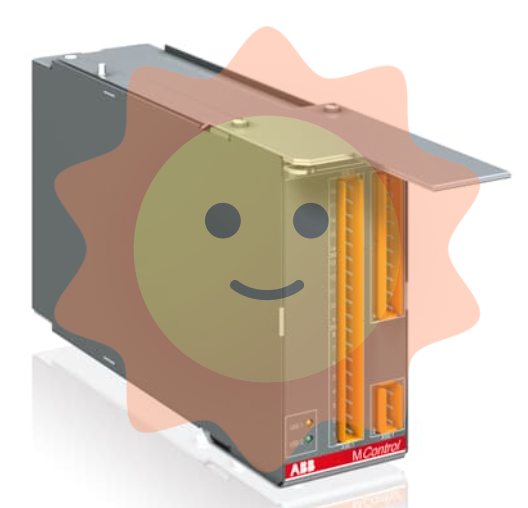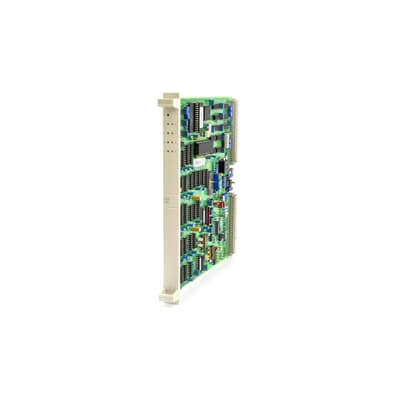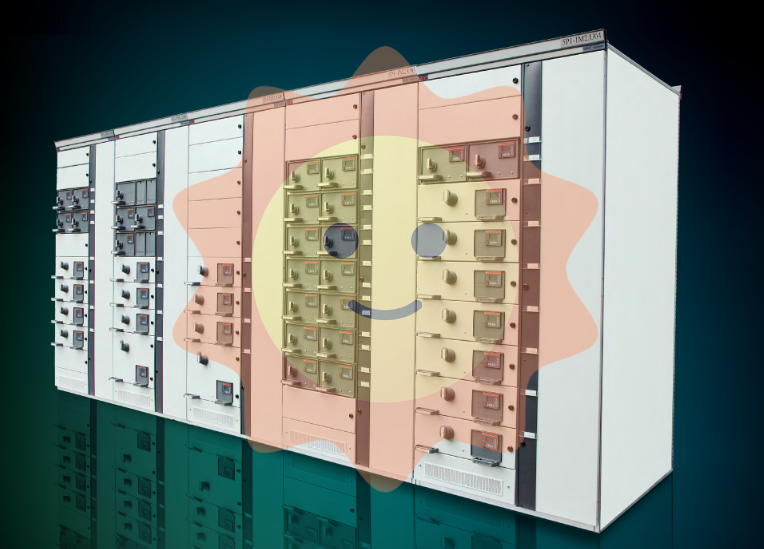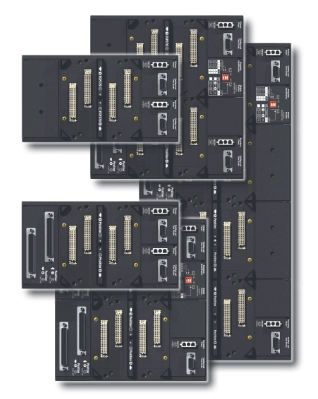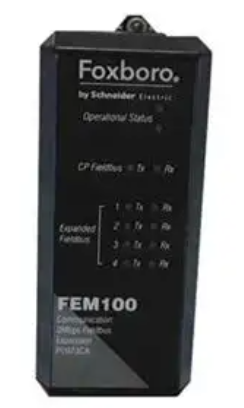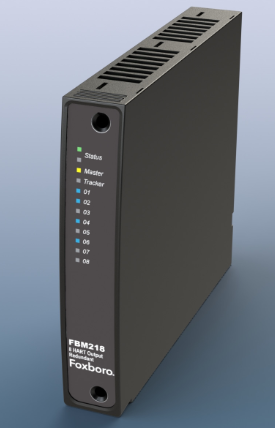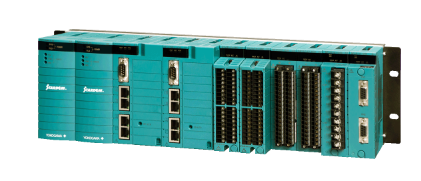Manufacturers
ABB
Model(s)
ABB Advant Controller 31, ABB Advant OCS
Additional Information
ICMK14N1 Avant Controller 31 Remote Unit, 8 24 Vdc Inputs, 6 Transistor Outputs
Estimated Shipping Size
Dimensions: 4.0" x 4.0" x 5.0"
(10.2 cm x 10.2 cm x 12.7 cm)
Weight: 0 lbs 12.9 oz (0.4kg )
Tariff Code: 8537109060
Country of Origin: Sweden
Ships from Webster NY, USA
ABB 1SBP260052R1001 ICMK14N1 Advant Controller 31 Remote Unit
Basic Information
Model & Series:
This product model number is 1SBP260052R1001 and belongs to ABB's ICMK14N1 Advant Controller 31 remote unit. It plays a key role as a remote unit in industrial automation control systems, enabling remote data acquisition, equipment monitoring and control command transmission.
Appearance and size speculation:
From the point of view of functionality and ease of installation, it is probably a relatively compact rectangular shaped device. The length would be in the order of 20 - 30 cm, the width would be in the order of 15 - 20 cm, and the thickness would be estimated to be in the order of 10 - 15 cm. The weight would be relatively light, probably in the region of 0.5 - 1kg, making it easy to mount in a control cabinet or other suitable industrial installation.
Presumed origin:
ABB's industrial control equipment of this type is usually produced in a region with advanced industrial manufacturing technology, most likely in a European country such as Sweden or France. These regions have strict quality control systems and sophisticated electronic manufacturing processes, which help to ensure the high quality and reliability of the product, enabling it to adapt to complex industrial environments.
Performance Characteristics
Communication capability:
A wide range of communication interfaces and protocols are supported, which is a core element in realising remote functions. It may support Ethernet communication interface, which enables easy access to the factory's LAN or WAN through standard Ethernet protocols to achieve high-speed data transmission with the remote control centre or other network devices. At the same time, it may also support industrial fieldbus communication interfaces such as RS-485, which are used to connect proximity industrial devices such as sensors and actuators, and can use communication protocols such as Modbus for data interaction. This multi-interface and multi-protocol support makes it useful in different industrial communication scenarios.
It excels in terms of stability and speed of data transmission. To ensure the accuracy and timeliness of remote data collection, it adopts an efficient data transmission mechanism. For example, when communicating over Ethernet, it can support high bandwidth to meet the need for fast transmission of large amounts of data, such as real-time transmission of monitoring data from multiple sensors. Moreover, through the built-in communication protocol stack and error correction mechanism, it can effectively reduce errors and loss during data transmission and ensure the integrity of control commands and feedback data.
Input and output functional characteristics:
Has a certain number of input channels for collecting signals from external devices. It may include digital input channels and analogue input channels. Digital input channels can receive signals from digital sensors (e.g., proximity switches, photoelectric switches, etc.), which are typically used to detect the state of a device (e.g., whether the device is turned on or not, whether it has reached a certain position, etc.). The analogue input channel receives continuously changing analogue signals, such as those from temperature and pressure sensors, and can convert these signals to digital signals with high precision analogue-to-digital conversion.
There are also output channels for controlling external devices. The types of output channels may be digital outputs and relay outputs. Digital outputs can directly output digital signals for controlling some devices that need digital signals to be driven, such as the opening control of some smart valves. Relay outputs, on the other hand, can be used to control high-power devices or devices that require electrical isolation, such as starting and stopping motors, opening and closing large solenoid valves, etc., through the suction and release of relays. The output parameters (e.g. voltage, current, etc.) of each output channel can meet the driving needs of industrial equipment within a certain range.
Power supply and electrical characteristics:
Typically a stable power supply is used, which may be a DC power supply, such as 24V DC. This type of power supply is common in industrial environments and is easy to obtain and configure. Also, the device may have a certain degree of immunity to interference in terms of power input, and be able to maintain normal operation in the event of power fluctuations.
There is a good design in terms of electrical isolation. Electrical isolation measures may be used between input and output circuits and with communication circuits, with isolation voltages capable of reaching high levels (e.g., several hundred volts). This effectively prevents external electrical interference from affecting the internal circuitry of the device, and also avoids damage to external equipment caused by internal circuit failures, improving the safety and reliability of the system.
Working environment adaptability:
Able to work normally in a wide temperature range and harsh industrial environments. The temperature range may be from - 10 ℃ to + 50 ℃ or even wider, can adapt to the factory floor may appear high or low temperature environment. In terms of protection, it may be IP20 or higher, which protects against dust and small particles, as well as a certain degree of humidity. Furthermore, the enclosure of the device may be designed with anti-electromagnetic interference materials or structures to minimise the effect of external electromagnetic interference on its performance.
Application Areas
Remote monitoring systems for industrial automation:
Used in automated production lines in large factories to remotely monitor the operating status of various production equipment. For example, in an automobile manufacturing plant, the remote unit can be connected to robots, welding equipment, painting equipment, etc. on the production line to collect the operating parameters of the equipment (such as motor speed, temperature, pressure, etc.) in real time and transmit these data to the control centre. At the same time, the control centre can also send control instructions to the equipment through the remote unit, such as adjusting the working mode of the robot, controlling welding parameters, etc., to achieve remote monitoring and management of the production process.
Process control system remote operation unit:
In the chemical, petroleum, electric power and other process industries, as a remote operating unit for monitoring and controlling a variety of process equipment. Taking chemical production as an example, it can be connected to reaction kettles, pipeline conveying systems, separation equipment, etc. It collects key process parameters such as temperature, pressure, flow rate, liquid level, etc. and sends these data to the control centre. Operators in the control centre can remotely control the opening of valves, the starting and stopping of pumps, the operation of heating or cooling systems, etc., based on these data, to ensure the safe, stable and efficient operation of the chemical production process.

- User name Member Level Quantity Specification Purchase Date
- Satisfaction :
-









Email:wang@kongjiangauto.com

